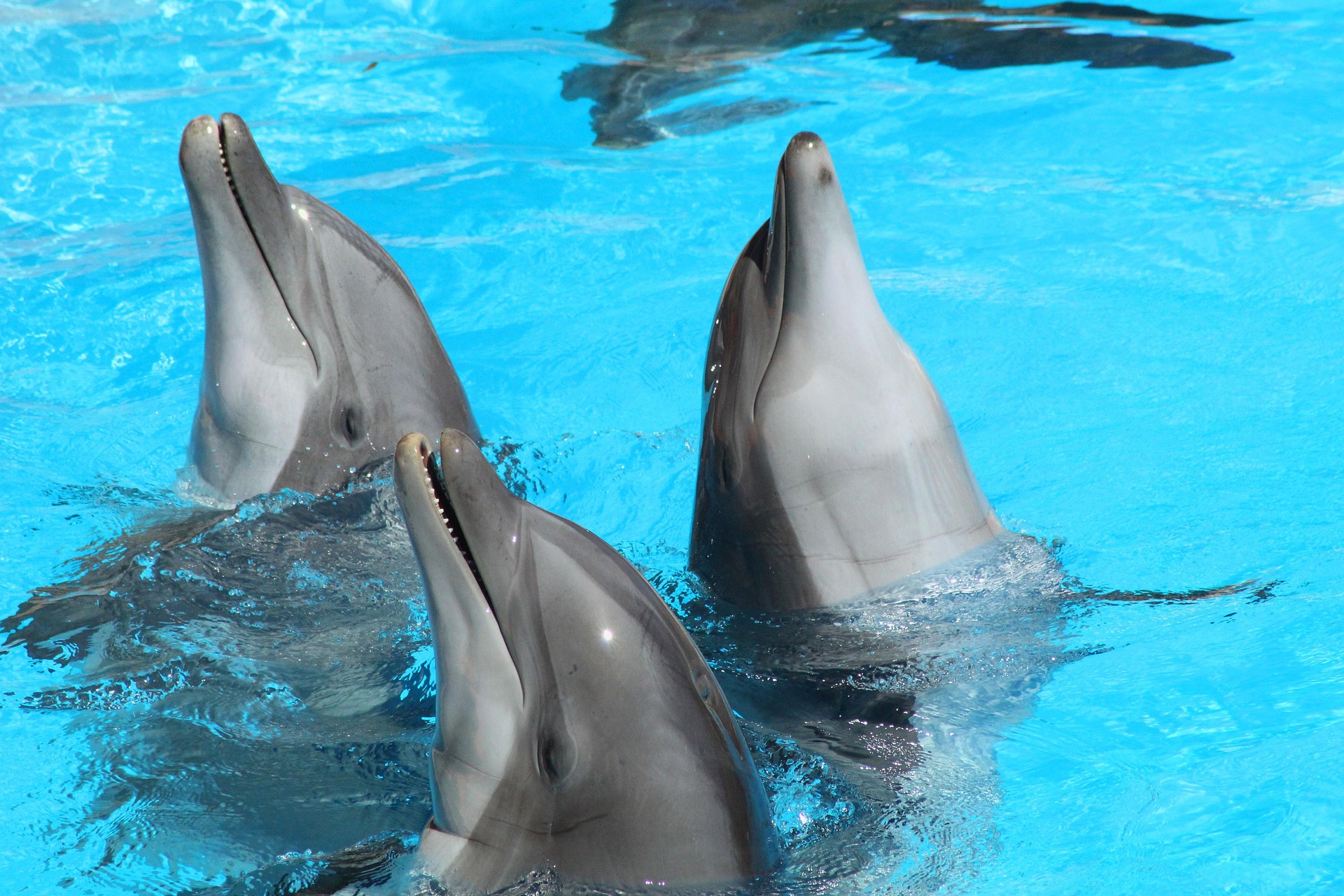The Intricate Social Structure of Dolphins: An Insight Into Their Intimate World
Embark on a deep dive into the captivating world of Dolphins as we endeavor to unravel their complex social structures, trail their intricate communication, and gauge their undeniable intelligence.
Setting the Stage: A Historical Background
Dolphins, members of the Cetacean family, have intrigued scientists and animal enthusiasts for centuries, thanks to their intelligence and social behavior. Ancient Greek and Roman civilizations revered dolphins, respecting them for their helpful nature toward sailors and fishermen. In more recent years, researchers’ attention has sharpened, looking past the friendly exterior to investigate dolphins’ intricate social structures and impressive cognition.
The Social Spiderweb: Dolphin’s Interactive Life
Contrary to popular belief, dolphins do not live in fixed ‘families’. They adopt a fission-fusion society model, where group compositions fluctuate based on factors such as age, sex, and food availability. In this ever-changing social arrangement, alliance formation becomes critical. Dolphins, particularly males, form alliances at multiple levels for mutual protection and cooperation. Overlapping and multilayered, these alliances are evidence of advanced social cognition and are rarely observed in other species except humans.
Understanding Dolphin Lingo: Advanced Communication
Exploration into the realm of dolphin communication reveals an array of vocalizations, including clicks, whistles and body slaps, each carrying distinct meanings. Certain species, like the bottlenose dolphins, communicate through individual ‘signature whistles,’ akin to a personal name they reply to. This sophisticated whistle system underscores dolphins’ remarkable acoustic abilities and their language’s high level of complexity, akin to human language in many ways.
Dolphin Intelligence: Examining the ‘Cetacean Brain’
Dolphins score high on the animal intelligence quotient, boasting a brain-to-body mass ratio second only to humans. Studies show they exhibit problem-solving skills, empathy, self-recognition, and even cultural transmission—traits typically associated with humans and certain advanced primates. Dolphins use tools to hunt and teach these skills to younger generations, showcasing behavioral richness and cultural transmission—a rare phenomenon outside the human realm.
Dolphin Conservation: The Current State of Affairs
Despite their fascinating social structure and high intelligence, dolphins are threatened by pollution, habitat degradation, and human activities, with many species now marked vulnerable or endangered. Conservation efforts are ongoing but must be dynamically updated to consider the unique aspects of dolphin cognition and society. Recognizing their intelligence and social structure could help implement more effective conservation practices and foster greater respect for these sentient beings.
In conclusion, the complex world of dolphins offers us valuable insights on animal society, communication, and intelligence. Unveiling these secrets could significantly impact our understanding of animal cognition and inform superior conservation practices, reinforcing our appreciation for these maritime marvels. This intricate understanding of dolphins could also serve as a yardstick for evaluating social and intellectual contexts in other animal species, further enriching our understanding of the animal kingdom.





